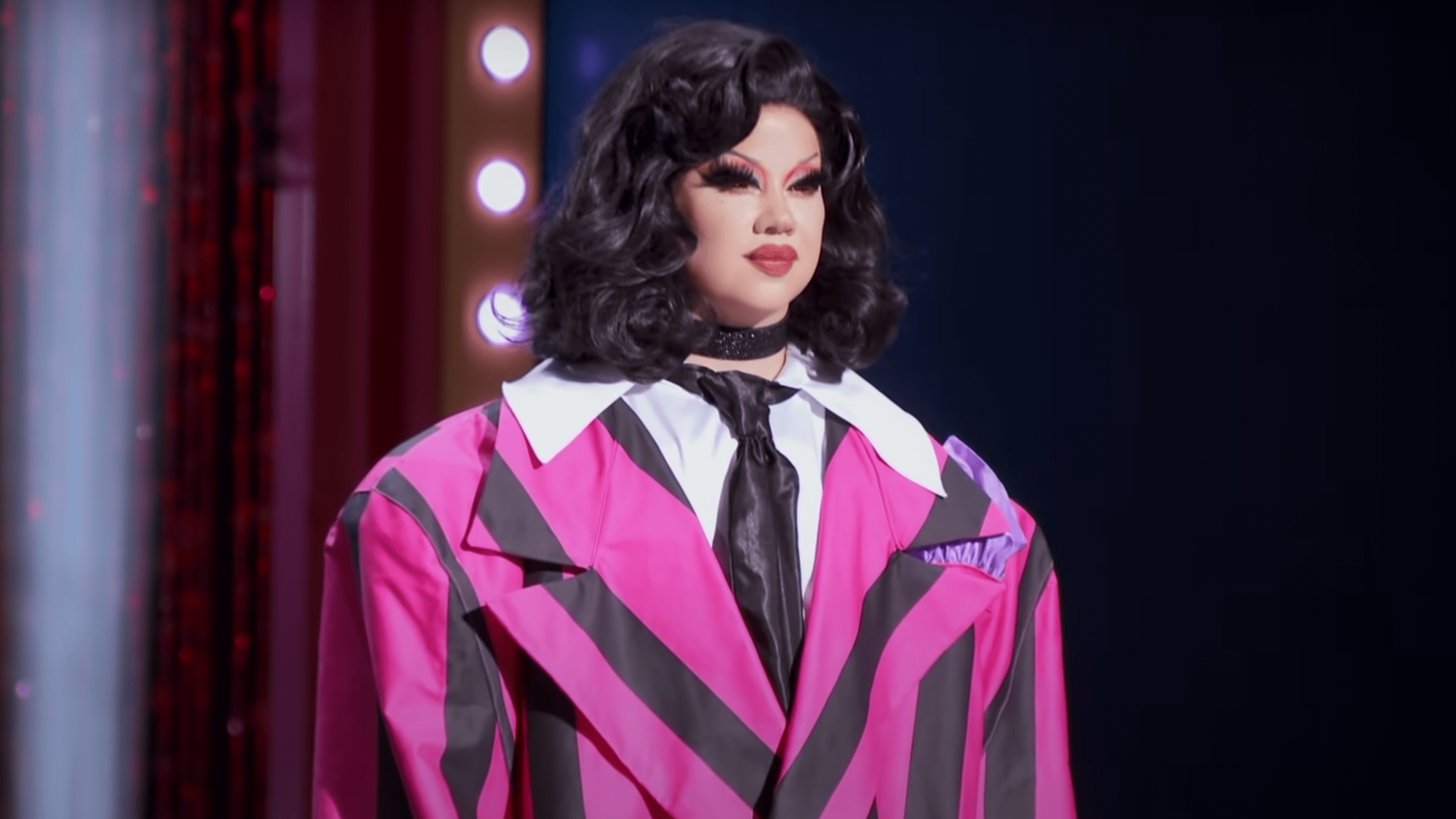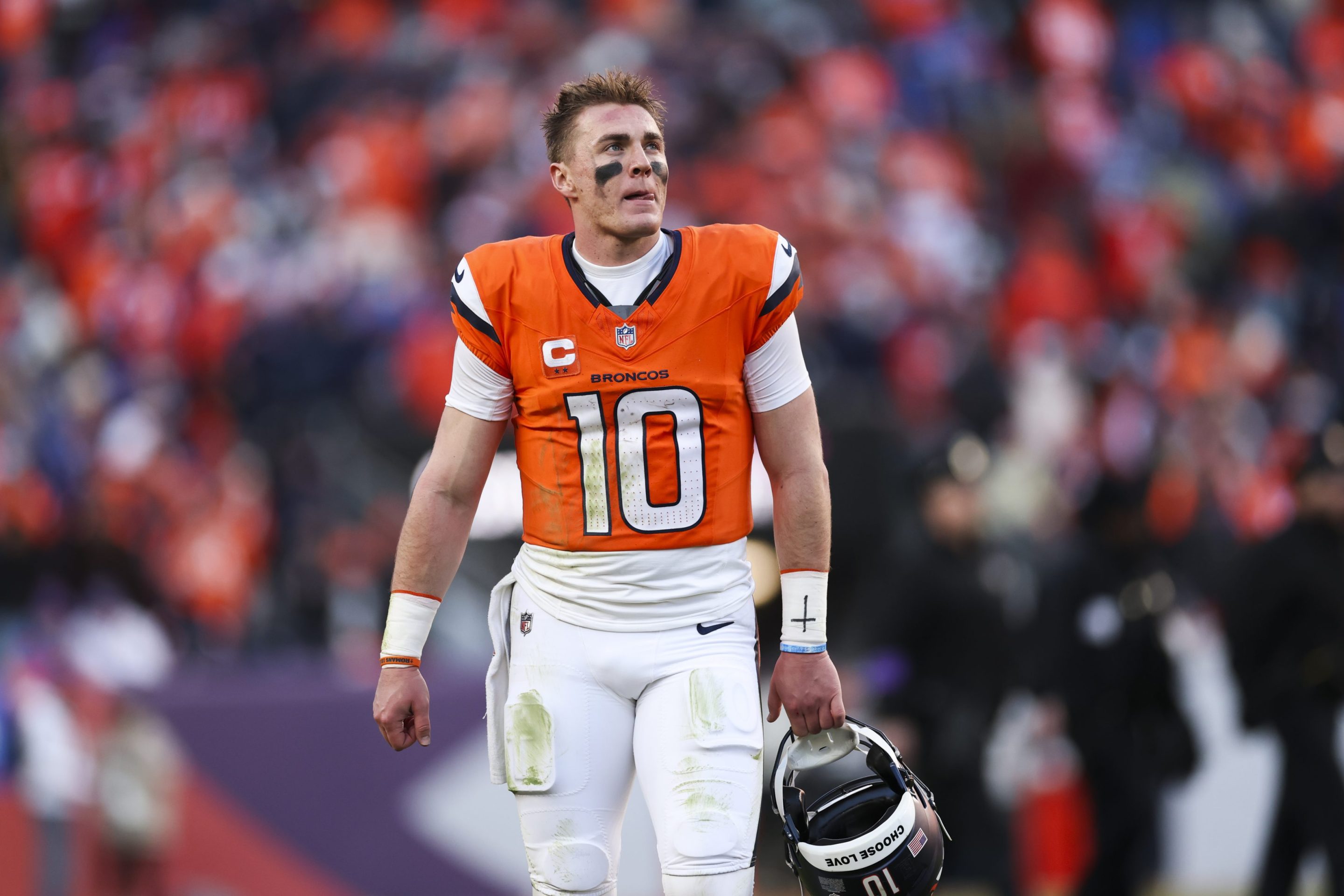I’m drowning in big suits. They’re everywhere. You must have seen them. Not the kind of oversized suits that can make you look like a kid wearing your dad’s suit, but, like, big slouchy fixes on the 80s—a bit too wide, a bit too long, kind of like those weird duvet coats you see, but a suit. Office pajamas! Seeing all these corporate pj’s I thought for a second it might be that Baader-Meinhof thing—that cognitive bias where your sudden awareness of something creates the illusion of frequency. But, no, big suits are, in fact, everywhere. Though I didn’t actually accept that as a thing until I saw Willow Pill win Drag Race last month in a suit so fucking huge she could fit two other outfits under it. Then I thought of Justin Bieber in his stupid big Balenciaga suit at the Grammys two weeks before that, next to Hailey Baldwin (his wife) who is always wearing stupid big blazers as “street wear.” Then I thought of people comparing Bieber’s stupid big suit to Nathan Fielder’s stupid big suit. And then I thought of David Byrne and the ur-big suit. I never think of David Byrne. But see a big suit and someone will mention David Byrne.
How to explain the cultural miasma out of which the lead singer of Talking Heads arose in that big suit? This was the mid-70s, and out of punk’s angry invectives came new wave, a poppier, quirkier genre that dabbled in electronica, with edgy aesthetics that verged on camp. Which is not to say this predominantly white, male, middle-class milieu was not unsettled. It was opposed to the corporate machinery increasingly making generic music, not to mention the sexual machismo of furry-chested disco. Which is how you got performative white nerdiness by the likes of Byrne dancing in suits like he was seizing. But even for this weird genre, Byrne was WEIRD, like art-school weird (Byrne later realized he probably had Asperger’s, but as my brother, more of a Talking Heads fan than me, put it: “Autism very minimally explains him”). That weirdness culminated in the oversized suit in question, which appeared in the 1984 concert film Stop Making Sense, which captured the band’s tour of their 1983 album Speaking in Tongues—their first of the Reagan era—which was more of an art performance than a gig.
The suit appears about 20 minutes from the end of the show, as though Byrne’s clothing has suddenly swollen along with the production itself (the set expands from just him and a boombox to a fully populated stage). It is dove gray and almost square, with baggy pants to match. The squareness evokes one of those inflated sumo wrestler costumes, fitting considering Byrne got the idea for it when he was in Japan, where he was taking in various types of theater in which traditional Japanese dress—the more layers, the higher the status—was on full display. From the start, Byrne had been playing with the suit as uniform. He wanted the Talking Heads’ sound to eclipse what he was wearing, and before he realized all clothing had cultural baggage, the everyman business suit seemed the most neutral choice, a kind of socially acceptable form of nudity. As for Stop Making Sense’s “big suit,” as The New York Times dubbed it at the time, Gail Blacker designed it as more architecture than couture. The lining was needlepoint canvas, beneath which Byrne wore a soft armature-like padding to keep its shape. Because the get-up was so hot—Byrne appears drenched beneath it—he only wore the jacket briefly before handing it back to a stagehand, the padded pants remaining behind.
Byrne has been asked about the suit repeatedly over the past four decades. He told Entertainment Weekly in 2012, “When you’re facing sideways you look normal and when you turn to face the front, you’re incredibly wide. Most of the suit isn’t even touching you; it’s just hanging from this scaffolding.” Not to get too academic about it but, especially as this suit appeared just prior to the maximalism of the Wall Street power suit—under the “greed is good” aegis from which the culture has yet to recover—I can’t think of a better analogy for capitalism, something which you can barely touch, but which overhangs you entirely. Per Byrne’s statement in the New Yorker in 2020, built into the big suit is its subversion. “You can kind of infiltrate,” he said, “and you’ll get taken more seriously, maybe, if you dress like a professional.” In other words, the big suit is a conservative Trojan Horse for radical ideas, and it serves as the source of what I would call the “big suit energy” pervading the culture right now: the somewhat absurd individual protests knocking against the impenetrable walls of the end-stage capitalism that surrounds them.
And you may ask yourself, “Well, how did I get here?” Byrne has always had a relationship with high fashion, literally dating back to 1982 when he started seeing costume designer Adelle Lutz (they met around the time of the big suit idea). And a spontaneous Getty Images search shows he has been front row at several high-end fashion shows over the past two decades, from Marc Jacobs to Rodarte to Stella McCartney. Two years ago, he even walked The Blue Jacket Fashion Show, which raises awareness for prostate cancer, during New York Fashion Week, and last year he attended the virtually impossible to attend Met Gala (also in blue). And even if the fashion world hadn’t known Byrne directly, the 2014 digital release of Stop Making Sense and its surrounding fanfare—including a theatrical re-release to mark the 30th anniversary—would have reminded them of his iconic ensemble. The awareness of Byrne and his suit seemed to float back into the public consciousness around this time, whether through nostalgia, political timeliness, or maybe a bit of both. And whether or not it was coincidental—the media’s constant call back to Byrne suggests not—suddenly big suits were everywhere.
It is kind of ironic for the fashion industry to constantly cite Byrne’s big suit, considering it came out of the desire to be anti-fashion. Yet with all the baggage the big suit carried with it (specifically the protective gendered power it implied), here were even people at the top of the cultural hierarchy protesting from within it. There was Lady Gaga four years ago, draped in Marc Jacobs’s oversized oatmeal number from spring 2019 for Elle’s Women in Hollywood Awards, saying it helped her finish her speech about her traumatic history with sexual assault. Gaga explained that she tried on dress after dress and felt sick, before deciding, “today I wanted to take the power back. Today I wear the pants.” Then there was Jacobs’s protégé, Georgian refugee Demna Gvasalia—now head at Balenciaga, the designer behind Bieber’s huge gray Grammys suit—starting his luxury line Vetements in 2014. Vetements’ XXL shirts and hoodies and suits were designed to subvert the high-fashion status quo (in this case, slim tailored formal wear) and became instrumental in an industry wide shift towards bigger fits. “My jackets were always too big for me because they were supposed to last for two or three years,” Gvasalia told Women’s Wear Daily of his childhood. “I think the reason why I like those kind of proportions and shapes is very linked to that.”
But, again, hearing a fashion insider suggest his thousand-dollar suits are in any way revolutionary is, excuse the pun, a bit rich. But if returning to Byrne for authenticity is too much of a stretch, Nathan Fielder is well within reach. He’s the absurdist comedian behind Nathan For You, the incredibly Canadian satirical show which aired from 2013 to 2017 and wrenches humor out of the discomfort of knowing something is wrong, but saying nothing (I’ve always thought Canada’s national symbol should be a boat refusing to be rocked). When any celebrity wears a big suit, as much as the fashion industry recalls Byrne, social media recalls Fielder. In particular, a still from the fourth season of his series in which he determinedly walks through a parking lot in a comically oversized gray suit. The suit is a comment on the bullshitness of celebrity press—Fielder wears it while promoting his series on The Jimmy Kimmel Show so that he can have a photogenic anecdote that he doesn’t have to make up—which is the implication every time someone throws to it in reference to a red-carpet look. In Nathan For You, Fielder only ever compares the way he looks to Dick Tracy, which is funny because no one has mentioned Dick Tracy since 1935, but is also notable because the actual extra wide-shouldered suit style of that era was meant to exaggerate the wearer’s masculinity, while Fielder’s suit does the opposite (he looks like a child).
But the reigning Queen of big suit energy has got to be Willow Pill. The trans femme drag queen took home the crown on the latest season of Drag Race in the big suit to end all big suits. Lip syncing to “Gimme Gimme Gimme” (Cher’s version—I love this show), she wore a giant fuchsia pin-striped big-top Beetlejuice-style take on the big suit. The jacket was so monstrous, in fact, that it reached down to her calves, and she clearly needed some sticks or something to work the arms, which had comically large hands on the end. With dimensions that caused her shrugging and shimmying shoulders to directly echo Byrne’s own movements in Stop Making Sense, she was the full camp answer to his camp-adjacent commentary on conservatism. Before the chorus of the song, she fiddled around inside the jacket and dropped it to the floor, revealing a pair of pants up to her neck (much higher than Byrne’s and clearly much easier to dance in), a swift seamless move that must have been difficult for Pill considering her genetic disorder (cystinosis), which throughout the season meant her hands were often difficult to manipulate.
In a post-win interview with Vulture, Pill explained, “the pant look came from a picture that a friend sent me of an ‘80s sewing book that had fun David Byrne–style big suits. I was like, ‘What if we made the world’s largest suit reveal into the world’s largest pants?’” (On Twitter, someone shared the book she appears to be referring to). It’s unsurprising that Pill would name-check Byrne, since she appeared to have the most sophisticated understanding of drag this season—a constant tug between absurdity and high fashion (in her words, drag is, “mental illness and rhinestones”). Her favorite look was a suburban horror show in which her face peeked out of a house strapped to her head, the back of which had a blood-smeared handprint and “Help” on it—you could imagine “Once in a Lifetime” (“This is not my beautiful house!”)” as this outfit’s theme song.
“So a lot of me being strong on the show is just because that’s how I’ve had to learn to operate in life,” she told Nylon. “We live in a very unforgiving and unaccommodating country when it comes to physical and mental illness, and so that’s kind of how I’ve learned just to live life.” The Trojan Horse aspect of Pill’s drag smuggles in a radical idea that encompasses Byrne’s—that a person sidelined by society can still sometimes find a way to bend it to their will.






